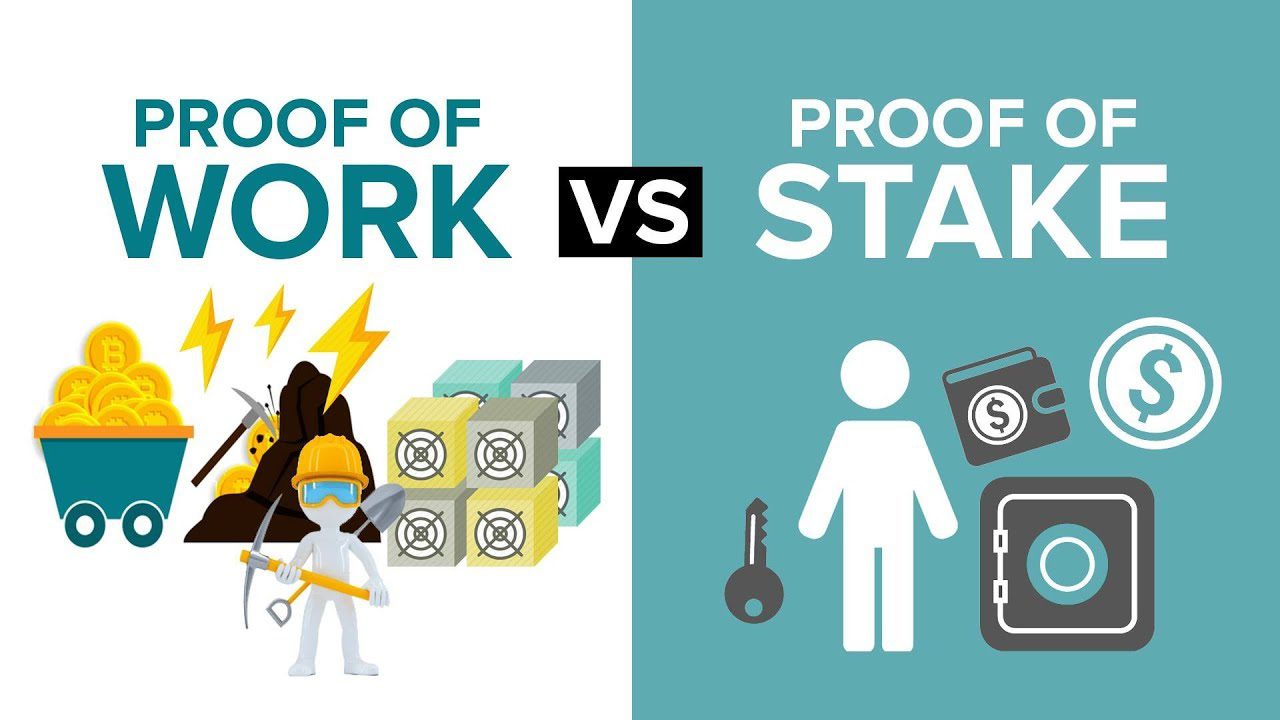Cryptocurrency has been gaining popularity recently as a decentralized form of currency that operates independently of central banks. However, the energy consumption of cryptocurrency mining has become a growing concern of its carbon footprint. For instance, the Proof-of-Work consensus mechanism of Bitcoin consumed 150 terawatt-hours of energy annually, which exceeds Argentina’s usage. To address this issue, some cryptocurrencies have emerged as "green" alternatives, employing renewable energy sources and aiming for a lower environmental impact. This article will go over the top 5 green crypto that places a premium on sustainability in their operations.
1. What is Green Crypto?
Green Crypto is a cryptocurrency concept in which digital currencies, mining, and associated technologies are designed to have a low environmental impact. Green Crypto uses less energy and resources than traditional currencies. This can include using renewable energy, energy-efficient mining hardware, and reducing the energy consumption of blockchain networks through various methods such as Proof of Stake consensus algorithms rather than energy-intensive Proof of Work.
Ethereum, for example, reduced its energy consumption by 99.5% by relying on Proof of Stake. Proof of Stake is considered more environmentally friendly than Proof of Work because it does not require significant computational resources, reducing network energy consumption.
Furthermore, because these cryptocurrencies frequently have lower transaction fees, less additional power will be required to execute transactions in the long run, making them more environmentally friendly overall.
2. Do you know the Top 5 Green Crypto?
a. ALGO (Algorand)
The Algorand blockchain network was developed with an emphasis on the environment, and over the past several years, it has made significant progress toward being carbon-negative. Algorand asserted that it is significantly more energy efficient than other blockchains and that it goes above and above by partnering with ClimateTrade to offset its negligible carbon footprint. The collaboration made it possible to set aside a percentage of Algorand's transaction fees for the purpose of acquiring the carbon credits required to lessen the network's carbon impact.
Algorand blockchain operates on Pure Proof-of-Stake (PPOs), which emits 0.0000004 kilograms of CO2 for every transaction. This indicates that the annual energy needs are similar to those of just seven typical families.
b. ADA (Cardano)
The ADA crypto of Cardano is another green crypto. Cardano is the first blockchain to implement Ouroboros - the first peer-reviewed, verifiably secure blockchain protocol. Ouroboros enables the Cardano network’s decentralization and allows it to sustainably scale to global requirements without, crucially, compromising security.

ADA is a green crypto
Each transaction of Cardano saves roughly 0.5 kWh. On average, Cardano consumes 0.01 percent less energy for the same transaction as Bitcoin.
c. ETH (Ethereum)
For a long time, Ethereum relied on the energy-intensive “mining” process known as “Proof-of-Work” (PoW) to secure the network. Ethereum, however, recently shifted to the "Proof-of-Stake" (PoS) consensus mechanism, which uses a lot less energy.
Ethereum has been expected to be the next cryptocurrency to take off because the network now uses 99.9% less energy than it did before. The Ethereum team also refers to the network as a "green blockchain" and is committed to sustainability.
Related: Ethereum 2.0: Empower the Crypto World to a new level
What is the Ethereum Merge? Get ready for the Merge right now
d. SOL (Solana)
When launching, Solana is evaluated as the “Ethereum Killer” as it is far more scalable thanks to its distinct consensus mechanism. It adheres to the principles of green token production and validates transactions using the PoS consensus process. In theory, the platform can handle more than 60,000 transactions per second. This surpasses the seven transactions per second transaction rate of the Bitcoin network. Besides, the Solana transaction requires just 3,290 Joules of electricity, which is less than four Google searches.
Related: Do you know 8 key features bringing Solana Blockchain to the Headlines?
e. DOT (Polkadot)
Despite having a reputation for being one of the most volatile cryptocurrencies out there, Polkadot is nevertheless favored by investors due to its low-power strategy. Thanks to its next-generation nominated proof-of-stake (NPoS) methodology, Polkadot uses a tiny fraction of the energy that traditional blockchains do. Using the equivalent of ~6.6 US households worth of energy per year, Polkadot has the lowest carbon footprint among proof-of-stake protocols analyzed.
3. Can Crypto go green?
a. Switch to renewable energy
The majority of the crypto community recognizes that networks that consume a large amount of energy, such as Bitcoin's, may harm the environment in the long run. On the other hand, they understand that the proof of work consensus mechanism distinguishes and increases the value of the cryptocurrency.
As a result, the most widely accepted solution has been to encourage miners to switch from using fossil fuel-sourced energy to green energy sources.
b. Use Proof of Stake
The most sustainable solution to the problem of high energy consumption by blockchains is switching to the Proof of Stake consensus mechanism. With this consensus system, computers are chosen to manage the shared ledger for the rest of the peer-to-peer network based on the tokens they stake rather than how quickly they can hash data. This technique uses very little electricity and minimizes impact on the environment.

Proof of stake mechanism helps crypto go green
Up to 60% of all active blockchains use the PoS protocol. The others employ one of the almost 20 additional consensus methods, the majority of which don't consume a lot of energy. In fact, proof of work is the only consensus protocol that is dependent on energy use.
c. Integrate “pre-mining”
Pre-mining operates in a manner similar to that of fiat money or stock: a central authority manufactures a specific quantity of the good in question, in this case, cryptocurrencies, and distributes it in accordance with the global and commercial environment. In these systems, users involved in the transaction might need to pay them a small fee to compensate for the work, but transactions are still confirmed by a decentralized network of miners before being published to the blockchain registry.
4. Conclusion
With the increasing concern for the environment and the increasing popularity of cryptocurrencies, green crypto initiatives are crucial in ensuring a sustainable future for both the planet and the industry. By adopting green practices, the crypto industry can help mitigate the negative impact of its energy consumption on the environment while also attracting environmentally conscious investors and users.
Need help developing a Blockchain project? Leave us a message and we’ll give wings to your project idea. SotaTek offers Blockchain Consulting and Blockchain Development Services with cost-optimized white-label options that can help you enter the blockchain market quickly. You are guaranteed to have your idea turned into reality.



